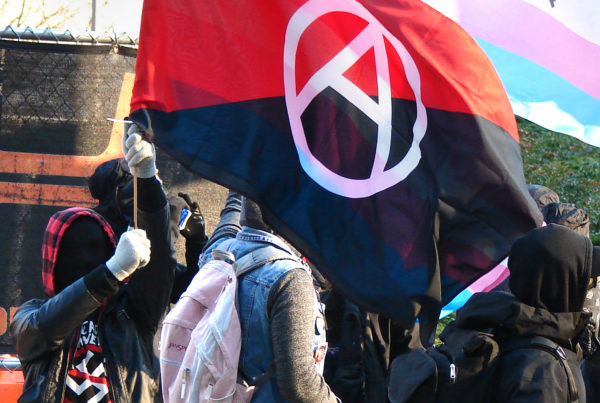Alternative Names:
“The Wolf Unit of Jabhat al-Nusra,” The Khorasan Shura
Location:
Syria
Leadership:
Muhsin al-Fadhli has been identified by US Officials as the leader of the group. He was in charge of overseeing the strategic planning, including bomb plots and recruitment of foreigners. He was killed in a US airstrike in July 2015.
Sanafi al-Nasr (Abdul Mohsen Abdallah Ibrahim al Charekh) was identified as Khorasan’s deputy leader. He is reportedly a member of Al Qaida’s (AQ) core, and a leader of the ‘Victory Committee’ which is in charge of strategic planning and policy for AQ.
Other reported key members in the group include Abd Al-Rahman Muhammad Zafir Al-Dubaysi Al-Juhni, Abu Yusef al-Turki, and Mohammed Islambouli.
Membership:
Estimates put the group’s size at anywhere between 50-100.
Experts claim Khorasan is made up of al-Qaida members from across the Middle East, South Asia and Europe, with a majority coming from Afghanistan, Yemen and Syria. But the group also has been able to recruit Europeans and Americans who came to Syria to fight with other jihadist groups.
Funding Sources:
There is very little information about Khorasan’s funding sources, although it is believed that continued partnerships with AQ is likely a source. In addition, al-Fadhli is known for having funded AQ attacks in the past. The US has claimed that Khorasan operates as a financial conduit for funds collected in the Gulf states to AQ leadership in Afghanistan and Iraq.
Origins
The Khorasan group is believed to have formed around 2012 when AQ leader Ayman al-Zawahiri sent the group to Syria. The name derives from the Afghanistan-Pakistan region which AQ refers to as Khorasan.
Khorasan is one of AQ’s affiliates in Syria, they are also closely tied with Al-Nusra who is believed by the US to be harbouring the group.
The Khorasan group is possibly one of the most secretive organizations operating under the cover of Syria’s civil war. Unlike other AQ cells that work toward the creation of an Islamic state, the explicit goal of the Khorasan group is to attack the West. The group uses its foreign connections to acquire materials and passports from incoming foreign fighters to target the West. Khorasan trains these foreign fighters in bomb-making and focuses them back to their home countries in order to carry out high profile attacks in the West.
Major Attacks:
October 6, 2002: Muhsin al-Fadhli funds an al-Qaida attack on a French oil tanker in Yemen. The attack killed one crew member.
October 8, 2002: Muhsin al-Fadhli is implicated in an al-Qaida attack that killed one U.S. Marine on Faylaka Island, Kuwait.
July 6, 2014: The U.S. Transportation Security Administration (TSA) bans powerless electronic devices on U.S. flights after U.S. Homeland Security directed the TSA to implement enhanced security measures. According to a U.S. official, the heightened security was a direct response to a threat posed by Khorasan
Ideological Roots:
Khorasan follow AQ ideology with one exception, they do not pursue the establishment of an Islamic state in the Middle East. They are an Islamic, Salafi Jihadist organization whose aim is to cause as much damage to the West as possible. The group focuses on recruitment of foreign fighters who can return to their country of origin to carry out high profile attacks.
Objectives:
Their focus seems to be recruiting Western foreign fighters who are coming to Syria, equipping them with bomb-making techniques, in order to carry out terrorist attacks on the West.
Tactics:
Khorasan members keep a low profile in social media. The group is believed to be proficient in bomb-making. Explosives are the ideal method of carrying out their attacks.
In 2014, it was believed the group posed an “imminent threat” to the US homeland, which prompted several airstrikes that resulted in the death of the group’s leader al-Fadhli
Updated on January 14, 2016.







